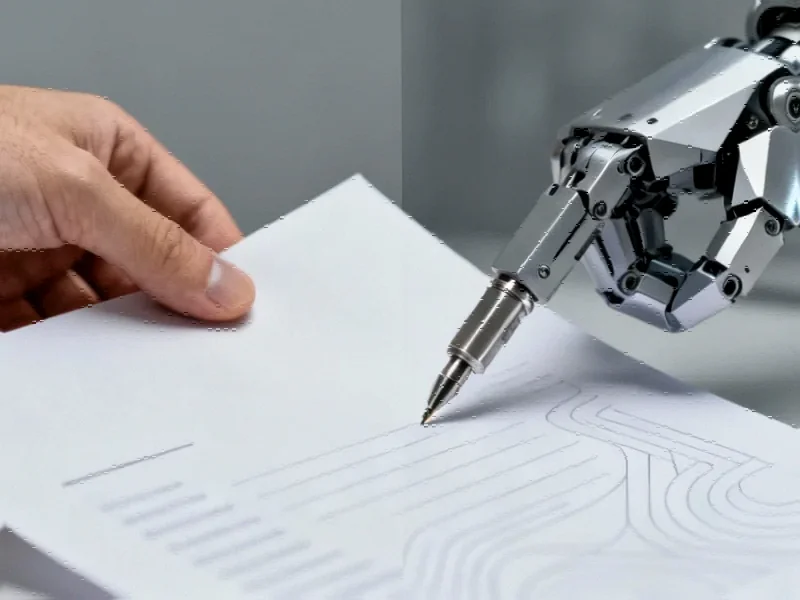AI Spending Offsets Tariff Impacts
Corporate investment in artificial intelligence infrastructure is reportedly blunting the economic impact of the ongoing China–United States trade war while driving an overwhelming majority of recent GDP growth, according to economic analyses. Torsten Sløk, chief economist at Apollo Global Management, suggests in recent commentary that while trade tensions remain a “mild drag on growth,” their impact is being “more than offset by the tailwinds from the AI boom.”
The analysis indicates that the massive burst of capital expenditure directed toward artificial intelligence data centers and related infrastructure has created sufficient economic momentum to counter predicted negative effects from tariffs. “Consequently, there is a growing upside risk that economic growth will reaccelerate over the coming quarters,” Sløk wrote, pointing to what he describes as an “industrial renaissance” marked by nearly 200 factory completions since mid-2023 and a $590 billion project pipeline.
Concentrated Growth Raises Concerns
Despite the positive indicators, sources indicate there’s a significant catch to the AI-driven expansion. Jason Furman, a Harvard College professor and former economic advisor, reportedly calculated that tech spending accounted for approximately 92% of GDP growth in the first half of 2025, despite representing just 4% of total GDP. According to his analysis shared on social media, this concentration suggests the broader economy would show significantly weaker performance without current AI investment levels.
Other analysts have echoed these concerns about the sustainability of what some characterize as an AI spending bubble. Reports from Pantheon Macroeconomics reportedly estimated that without AI-related expenditures, US economic growth would fall below 1% – substantially lower than the Atlanta Fed’s latest 3.9% third-quarter projection. These findings raise questions about underlying economic health and what might occur when the current investment cycle concludes.
Broader Economic Implications
The AI spending surge appears to be generating positive spillover effects across multiple sectors, according to the analysis. Sløk highlighted declining corporate default and consumer delinquency rates as indicators of broader financial health, which he attributes to the AI boom and manufacturing resurgence. “Advanced manufacturing is set to be a durable growth engine for the US economy with positive spillovers to industrial real estate, private credit and nationwide employment,” the economist noted.
However, industry observers caution that the concentration of growth in technology sectors may mask structural weaknesses. As companies navigate industry developments and strategic repositioning, questions emerge about what follows the current investment cycle. Meanwhile, platforms like recent technology initiatives illustrate how companies are seeking new revenue streams beyond core AI infrastructure.
Sustainability Questions Emerge
Deutsche Bank analysts reportedly acknowledged that while technology companies are propping up markets and the economy, investors should consider what happens when the current spending wave subsides. The concern centers on whether other sectors can generate sufficient growth to compensate when AI capital expenditures eventually normalize.
These economic questions coincide with other market trends affecting the technology sector, including regulatory scrutiny and operational challenges. Technical issues like those affecting related innovations in software platforms highlight the implementation hurdles companies face even as they invest heavily in digital transformation.
As businesses evaluate industry developments in communication tools and explore related innovations in various sectors, the fundamental question remains whether the current AI investment boom represents a sustainable economic transformation or a temporary stimulus that masks deeper structural issues within the US economy.
This article aggregates information from publicly available sources. All trademarks and copyrights belong to their respective owners.
Note: Featured image is for illustrative purposes only and does not represent any specific product, service, or entity mentioned in this article.



